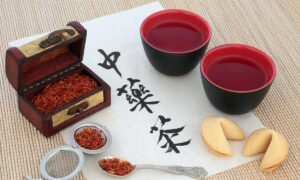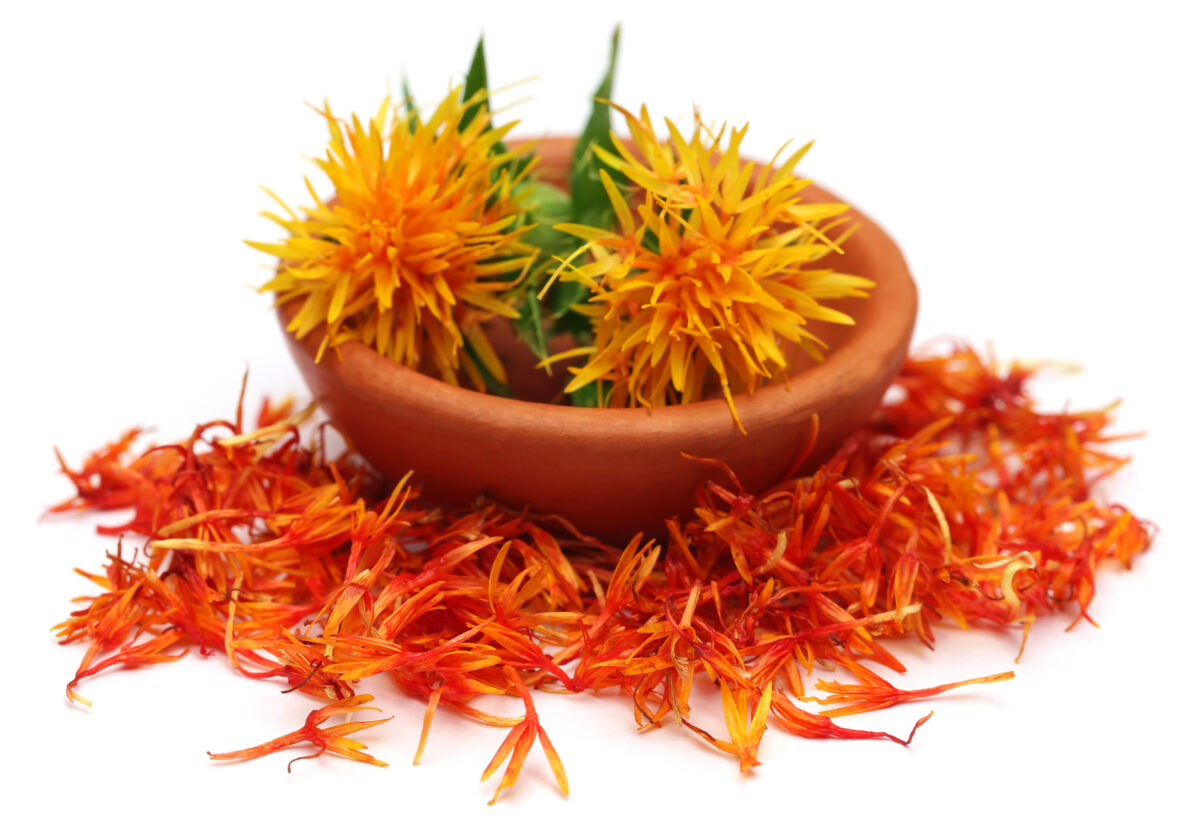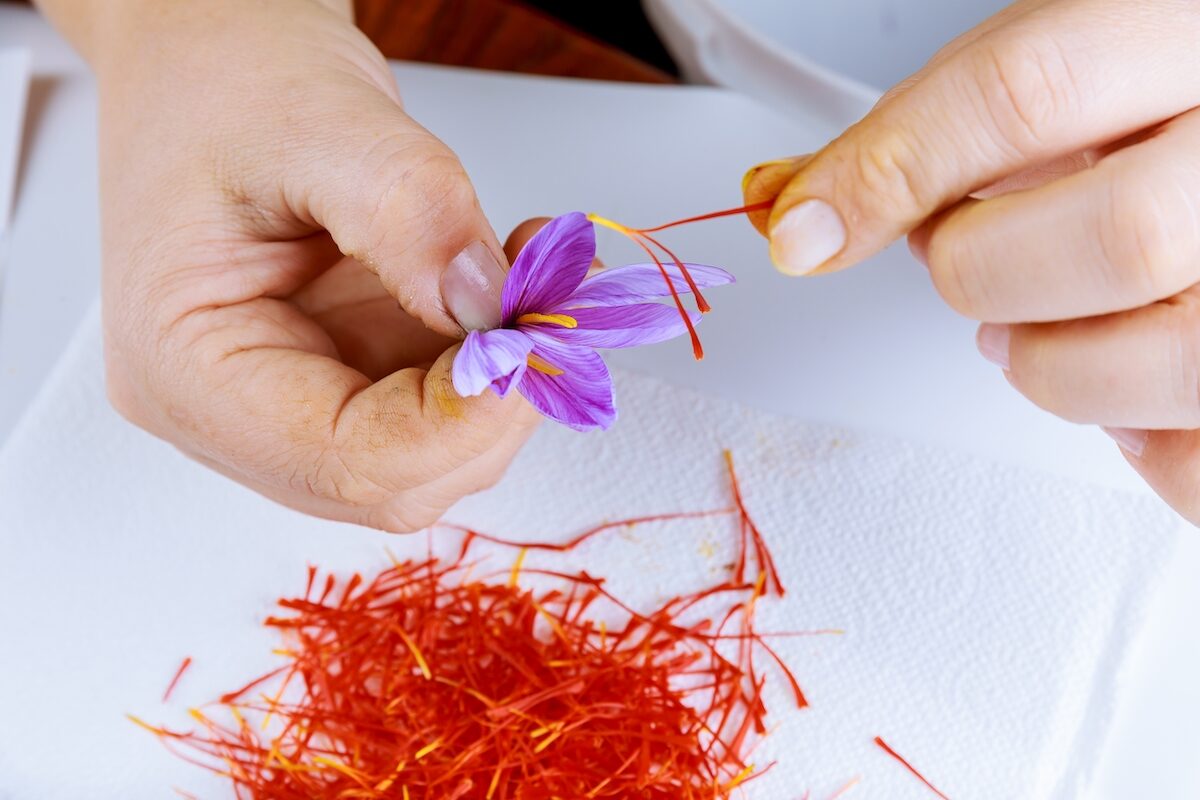Chinese Medicines Safflower and Saffron Promising Treatment for COVID-19: Study
Safflower (Chinese name: Honghua, or Carthami flos) and Saffron (Chinese name: Xihonghua, or Croci stigma), time-honored traditional Chinese herbs, are potential therapeutic agents for the treatment of COVID-19, researchers say. Traditional Chinese medicine Honghua, also known as Safflower or Carthami flos. (Shutterstock) A recent study found that safflower and saffron can stop cells from being infected by COVID-19. The results were published in the journal Scientific Reports on Aug. 22. Kinase in patients’ cells is reported to increase when one is infected with COVID-19, causing the virus to enter the cells more rapidly. Therefore, kinase inhibition is a potential target for the treatment of COVID-19. Components in safflower and saffron can impede kinases as well as multiple viral signaling pathways, with antiviral, antioxidant, anti-inflammatory, and immunostimulatory effects. Traditional Chinese medicine Xihonghua (Croci stigma, saffron) (Shutterstock) The study, conducted by experts from Kazakhstan and China, indicates that components of saffron bind to hACE2, the cellular receptor for the entry of the COVID-19 virus, thereby resisting the entry of the virus. In China, saffron’s sedative, analgesic, and circulation properties are documented in the Compendium of Materia Medica, the Chinese herbology written by Li Shizhen in the late 16th century. Crocin is the most important compound of saffron and has anti-inflammatory effects, especially against inflammation of the respiratory organs. Crocin also has the ability to regulate oxidative stress and therefore has a cardioprotective effect, studies show. Crocin extracts may be used to prevent COVID-19-induced heart disease. It can be used to treat angina pectoris, hypertension, and coronary heart disease.

Safflower (Chinese name: Honghua, or Carthami flos) and Saffron (Chinese name: Xihonghua, or Croci stigma), time-honored traditional Chinese herbs, are potential therapeutic agents for the treatment of COVID-19, researchers say.

A recent study found that safflower and saffron can stop cells from being infected by COVID-19. The results were published in the journal Scientific Reports on Aug. 22.
Kinase in patients’ cells is reported to increase when one is infected with COVID-19, causing the virus to enter the cells more rapidly. Therefore, kinase inhibition is a potential target for the treatment of COVID-19.
Components in safflower and saffron can impede kinases as well as multiple viral signaling pathways, with antiviral, antioxidant, anti-inflammatory, and immunostimulatory effects.

The study, conducted by experts from Kazakhstan and China, indicates that components of saffron bind to hACE2, the cellular receptor for the entry of the COVID-19 virus, thereby resisting the entry of the virus.
In China, saffron’s sedative, analgesic, and circulation properties are documented in the Compendium of Materia Medica, the Chinese herbology written by Li Shizhen in the late 16th century.
Crocin is the most important compound of saffron and has anti-inflammatory effects, especially against inflammation of the respiratory organs.
Crocin also has the ability to regulate oxidative stress and therefore has a cardioprotective effect, studies show. Crocin extracts may be used to prevent COVID-19-induced heart disease. It can be used to treat angina pectoris, hypertension, and coronary heart disease.












